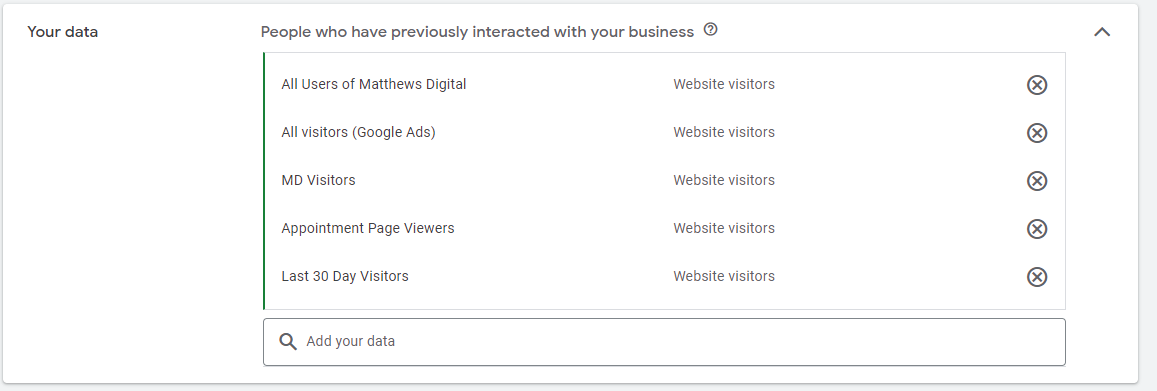Performance max mastery: 3 Secrets to unlocking a high roas in your campaigns
Are you tired of poor ROAS scores on your Performance Max (PMAX) campaigns? Look no further! In this week on the Matthews Digital Blog, we'll be discussing the new Performance Max campaign type released by Google and sharing tips on how to boost your ROAS. As a seasoned digital marketing consultant with experience in managing thousands of dollars in PMAX campaigns, we'll share three key strategies to improve your PMAX campaign performance.
Tip 1: Leverage Your First-Party Data
One of the most powerful tools in your arsenal is first-party data. With recent changes to iOS and an increased focus on data privacy, businesses need to be more strategic in how they use data. Google's algorithm is able to read first-party data provided by businesses and identify consumers with similar personas, saving you time and budget. By leveraging your own first-party data from past purchasers or website visitors, you can take advantage of the omnichannel functionality of PMAX by segmenting that data based on interest and intent to create a funnel for potential customers across search, YouTube, shopping, and more.
Tip 2: Don't Ignore Custom Segments
When creating a PMAX campaign, you'll likely see an indicator like this on the right side of your screen reminding you to use custom segments and data. Don't ignore this prompt! Custom segments allow you to determine the keywords you want your ad group to show for, placing your ads in the right place at the right time, similar to Responsive Search Ads. By leaving your custom segments empty, you're leaving it up to the algorithm to determine the relevant keywords, wasting time and ad spend.
here's a cool trick: In custom segments, you can even enter URLs that your target audience might visit, and Google's machine learning will reach people who visit similar sites. This allows you to open up your campaign to new audiences and even your competitors' audiences.
Tip 3: Segment Your Ad Groups
Segmentation is a powerful strategy in digital marketing, and it's just as useful in PMAX. By making your ad groups and campaigns more granular and specific to your target audience, you'll see better results. For example, if you're a clothing brand launching a PMAX campaign for your latest winter collection of jackets, you might be tempted to create separate campaigns for men and women. But, by segmenting the two styles into two different ad groups within the same campaign, you have the ability to target by gender, age, interests, purchase history, and more. Eliminating the necessity to divideyour new campaign data. And, take it one step further by segmenting your ad groups or campaigns by audience lists. For example, create an audience of customers who have seen the ad within Google Analytics 4 (GA4) and place that audience within an ad group with a remarketing ad or a variation of the ad they've initially seen. This can greatly improve your CTR and/or CVR.
In conclusion, by utilizing your first-party data, leveraging custom segments, and segmenting your ad groups, you can greatly improve your PMAX campaign performance and achieve a higher ROAS. Remember, PMAX is an omni-channel, so take advantage of all its features to ensure success. Happy advertising!
got an idea for the next blog? email: bobby@matthewsdigitalllc.com





